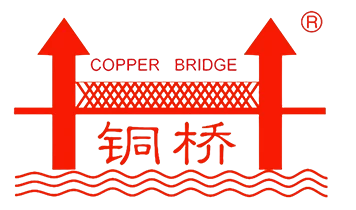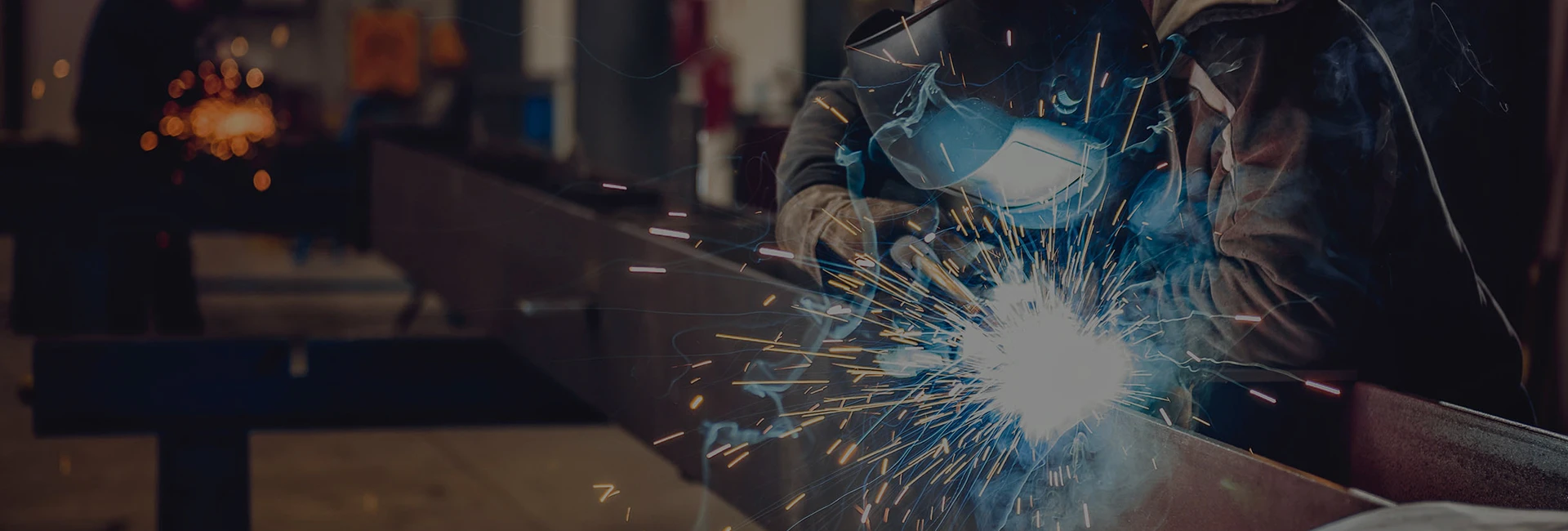Submerged-arc welding wire is a continuous electrode used in the Submerged Arc Welding (SAW) process, a highly efficient and automated welding technique for joining thick materials. In this process, the welding wire is fed continuously into the weld joint, while a layer of granular flux is deposited over the welding zone. This flux covers the arc and molten metal, creating a "submerged" environment that protects the weld pool from atmospheric contamination.
The welding wire acts as both the electrode that carries the current and the filler material that fuses with the base metal to form the weld. Submerged-arc welding wire is typically made of materials such as carbon steel, stainless steel, or low-alloy steel, depending on the application.
What Types Of Submerged-Arc Welding Wires Are Available, And How Do You Choose The Right One?
Submerged-arc welding wires come in various types to suit different base metals, welding conditions, and mechanical property requirements. The most common types include carbon steel wires, low-alloy steel wires, and stainless steel wires.
Carbon steel wires are the most widely used and are suitable for general-purpose applications, such as structural steel fabrication, shipbuilding, and pressure vessel welding. Examples include wires classified under AWS A5.17 (EM12K, EL8), which provide excellent weld quality and high tensile strength.
Low-alloy steel wires are used for applications requiring additional strength, toughness, or corrosion resistance. These wires are ideal for welding structures exposed to extreme temperatures or stress, such as pipelines, offshore platforms, and bridges. Popular classifications include AWS A5.23 (EA2, EA3).
Stainless steel wires are designed for welding stainless steel components where corrosion resistance and high-temperature performance are critical. These wires, such as those under AWS A5.9, are used in industries like food processing, chemical plants, and power generation.
When choosing the right submerged-arc welding wire, consider the following factors:
Base Material: Match the wire composition to the base metal to ensure proper fusion and mechanical properties.
Weld Requirements: Assess the strength, toughness, and corrosion resistance needed for the application. For instance, low-alloy wires are better for high-strength welds.
Flux Compatibility: Submerged-arc welding requires a flux that complements the wire to achieve the desired weld characteristics, such as slag detachability, bead appearance, and penetration.
Welding Position: SAW is typically performed in flat or horizontal positions; ensure the wire can accommodate the application.
By carefully selecting the wire based on material, strength, and flux compatibility, you can achieve optimal weld quality and performance for specific industrial requirements.
What Are The Key Considerations For Achieving High-Quality Welds With Submerged-Arc Welding Wire?
To achieve high-quality welds using submerged-arc welding wire, several key considerations must be addressed, including welding parameters, flux compatibility, and preparation techniques.
Firstly, selecting the appropriate welding parameters is critical. Factors such as current, voltage, travel speed, and wire feed rate must be optimized to ensure proper weld penetration and bead appearance. Higher current settings allow for deeper penetration and higher deposition rates, but excessive heat can lead to distortion or burn-through. Maintaining a consistent wire feed rate ensures uniform welds.
Secondly, proper flux selection and handling are essential. The flux must be compatible with the welding wire to achieve the desired mechanical properties, slag detachability, and weld bead appearance. Fluxes can be acidic, neutral, or basic, and each affects the weld chemistry and toughness differently. Additionally, the flux should be kept dry and free of contaminants to prevent defects like porosity.
Another key consideration is joint preparation and cleanliness. The weld joint should be free of oil, rust, moisture, and other contaminants, as these can lead to porosity and lack of fusion. Proper beveling and joint design ensure adequate access for the welding wire and flux to achieve complete fusion.
Maintaining consistent flux coverage over the weld pool is also important. Uneven flux distribution can expose the weld to atmospheric contamination, leading to oxidation and weld defects.






